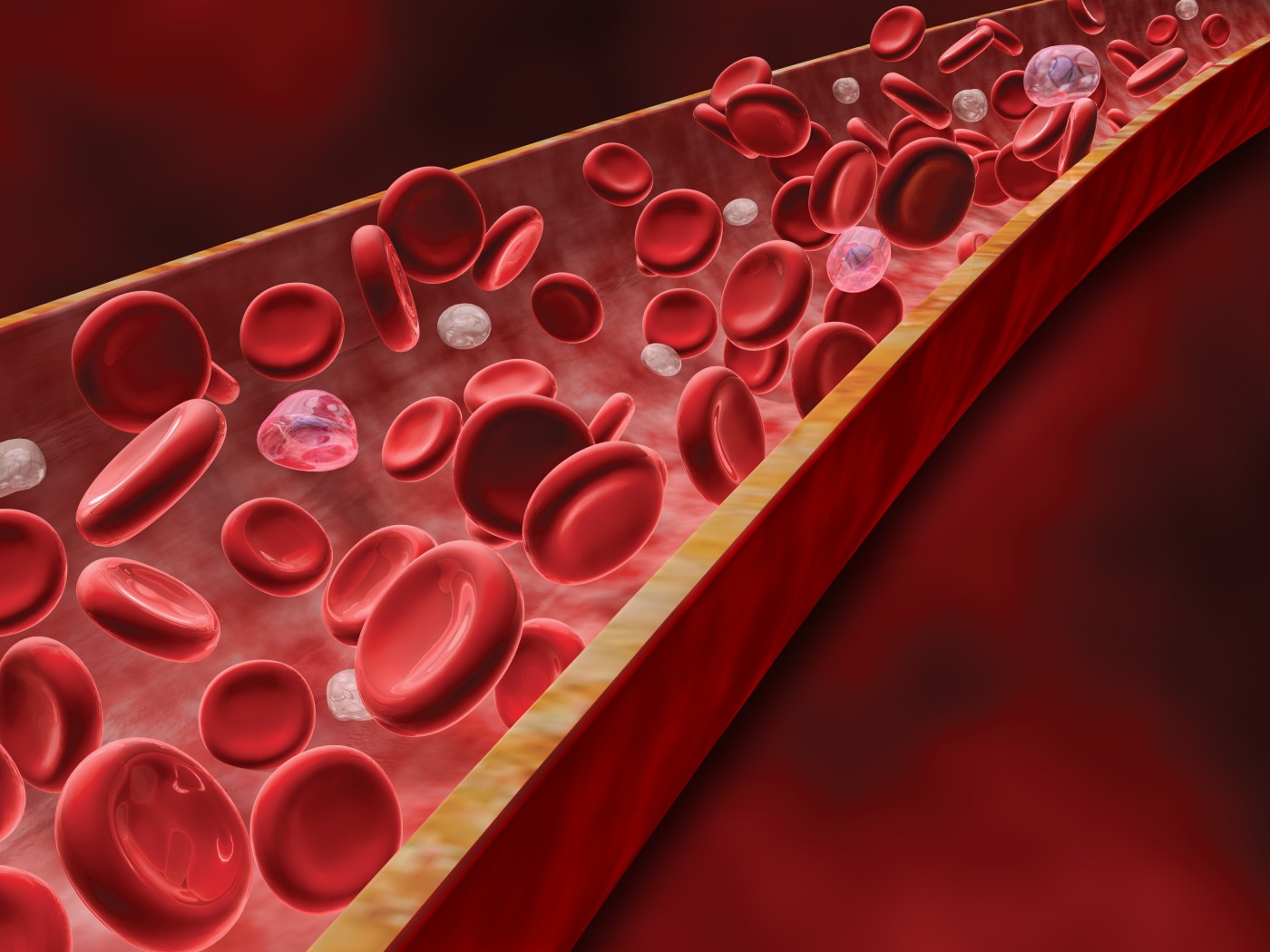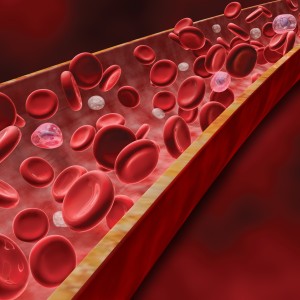Intriguing New Study At Brigham and Women’s Hospital Zeroes in on PH Cause

 A research team from Brigham and Women’s Hospital (BWH) recently made significant advances in understanding what causes Pulmonary hypertension (PH). The study published in the journal EMBO Molecular Medicine has important implications for the diagnosis, treatment, and prevention of PH in people at-risk of developing the disease. PH is a condition that affects the heart and lung vasculature, leading to heart failure, breathing difficulties and death. Available treatments are limited and are only palliative.
A research team from Brigham and Women’s Hospital (BWH) recently made significant advances in understanding what causes Pulmonary hypertension (PH). The study published in the journal EMBO Molecular Medicine has important implications for the diagnosis, treatment, and prevention of PH in people at-risk of developing the disease. PH is a condition that affects the heart and lung vasculature, leading to heart failure, breathing difficulties and death. Available treatments are limited and are only palliative.
“We’ve identified a cause for the disease that may help us identify new populations most in danger of developing pulmonary hypertension,” said Stephen Chan, MD, PhD, a physician-scientist in the Division of Cardiovascular Medicine of BWH and senior author of the study in a recent news release. “Our findings help us better understand how this disease initiates and should help us develop much better drugs for treatment and perhaps, someday, a cure.”
[adrotate group=”3″]
After about eight years of PH research, Chan and his team discovered that particular disruptions in the mitrohondria can lead to alterations in the production of energy in the lungs’ blood vessels. ISCU is a protein that generates factors called iron-sulfur clusters that are important for the normal functioning of the mitochondria. Using mouse models of PH, the researchers found that microRNAs are able to tamp down ISCU, which can ultimately lead to PH.
In this new study, the researchers tested their preliminary findings in animal models on a 29-year old woman with two defective copies of the ISCU gene. When she was at rest, the woman had normal values of blood pressure and heart function, however while exercising, the researchers observed she had unambiguous dysfunction of her lung blood vessels. When she was given a PH relaxing drug, her parameters improved.
“This is the first known observation of pulmonary vascular dysfunction in a person with ISCU deficiency,” Chan explained in the news release. “Her case helps draw a definitive connection between ISCU and PH. Perhaps even more exciting is that we were able to catch her disease and treat it at an early stage. We hope this will prevent or at least slow down the progression over time.”
[adrotate group=”3″]
Early identification of patients with other gene mutations that contribute to deficits in iron-sulfur clusters could open the possibility for early intervention before patients develop PH.
Results from the study also emphasize the potential for the development of new PH drugs focused on ISCU proteins involving their microRNA target, as well as other genes that are associated with iron biology. However, these therapeutic possibilities still require investigation.
The research team also noted that there are other conditions such as cancer, neurological and heart diseases that also have a dependence on iron-sulfur generation, meaning they could potentially be treated in a similar manner.
“There is still a lot of work to be done,” said Chan in the news release. “But, we feel this represents a major advance in our efforts to fight this disease.”







